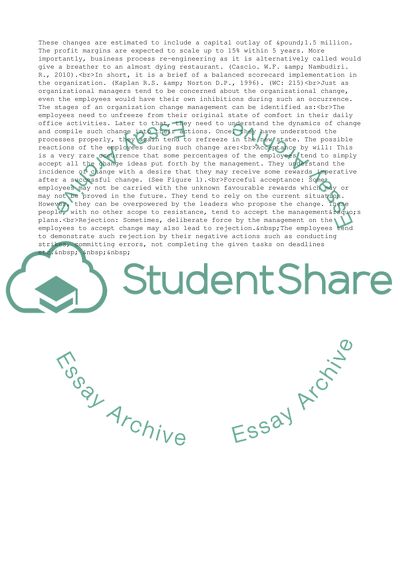Cite this document
(Change Management in Blue Marina Restaurant Case Study, n.d.)
Change Management in Blue Marina Restaurant Case Study. Retrieved from https://studentshare.org/business/1769097-the-blue-marina-restaurant
Change Management in Blue Marina Restaurant Case Study. Retrieved from https://studentshare.org/business/1769097-the-blue-marina-restaurant
(Change Management in Blue Marina Restaurant Case Study)
Change Management in Blue Marina Restaurant Case Study. https://studentshare.org/business/1769097-the-blue-marina-restaurant.
Change Management in Blue Marina Restaurant Case Study. https://studentshare.org/business/1769097-the-blue-marina-restaurant.
“Change Management in Blue Marina Restaurant Case Study”, n.d. https://studentshare.org/business/1769097-the-blue-marina-restaurant.


